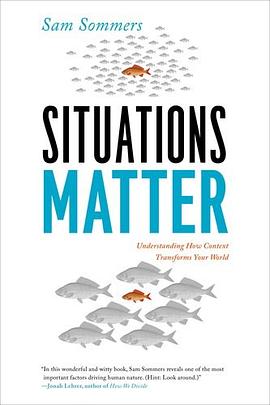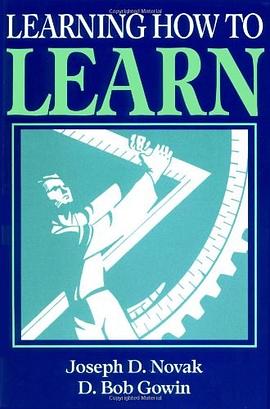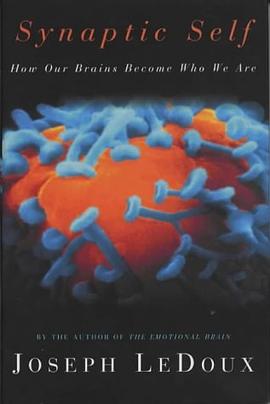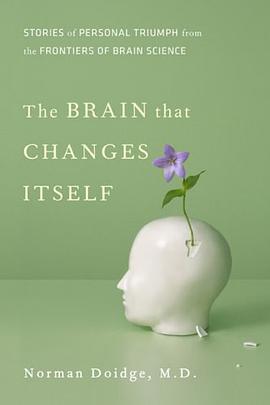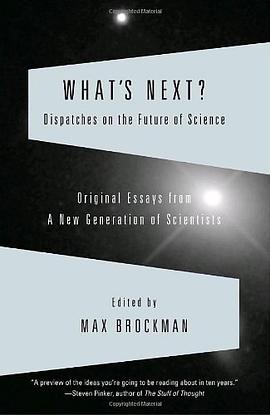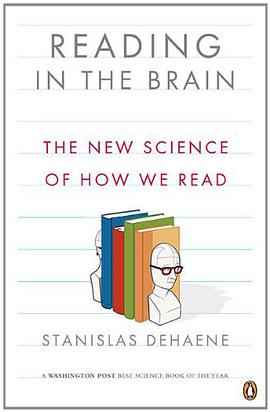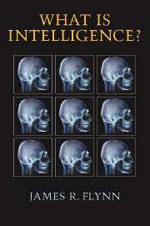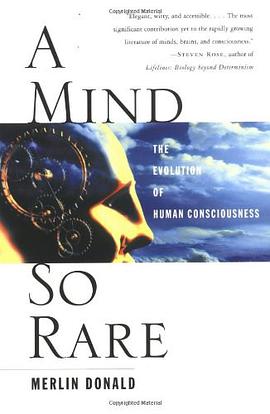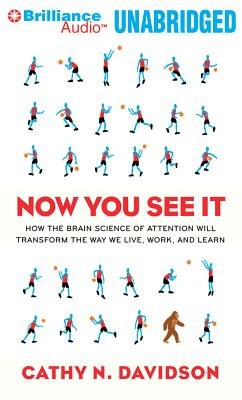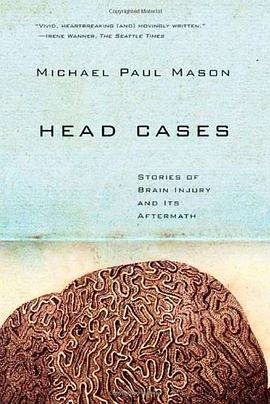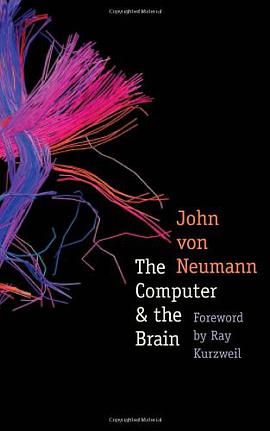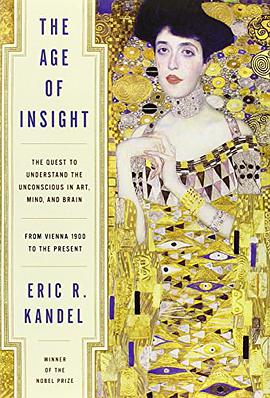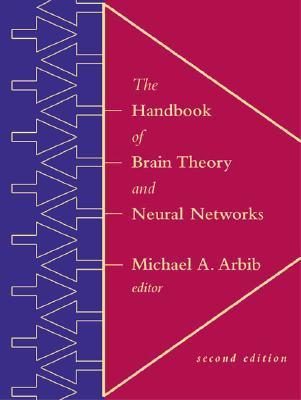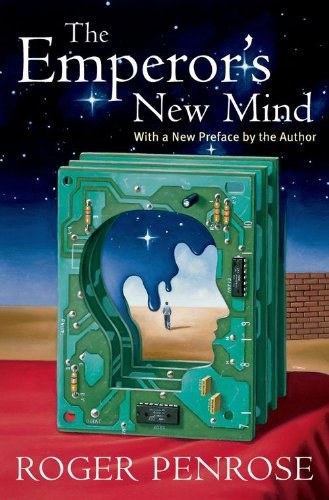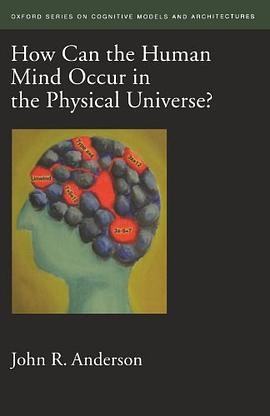Vorsicht Bildschirm! 豆瓣
作者:
Manfred Spitzer
DTV Deutscher Taschenbuch
2006
Beschreibung
In diesem Buch werden die bekannten Daten und Fakten zu den Auswirkungen von Bildschirm-Medien auf Körper und Geist zusammenfassend und erstmals vor dem Hintergrund neuester Ergebnisse aus der Gehirnforschung diskutiert. Das Gefahrenpotential von Fernsehen, Video- und Computerspielen, Gameboy und Internetgebrauch wird deutlich gemacht. Medizin und vor allem Gehirnforschung zeigen nicht nur klar und deutlich die negativen Auswirkungen, sondern weisen auch Wege zum konkreten Handeln. Das Buch richtet sich an alle, die Bildschirm-Medien konsumieren oder den Konsum anderer - vor allem Kinder und Jugendliche - verantworten: Eltern und Lehrer, Ärzte und Psychologen, Sozialarbeiter und Pädagogen sowie Fernsehmacher und Fernsehzuschauer, Internetprovider und -surfer sowie Softwareprogrammierer und -anwender.
In diesem Buch werden die bekannten Daten und Fakten zu den Auswirkungen von Bildschirm-Medien auf Körper und Geist zusammenfassend und erstmals vor dem Hintergrund neuester Ergebnisse aus der Gehirnforschung diskutiert. Das Gefahrenpotential von Fernsehen, Video- und Computerspielen, Gameboy und Internetgebrauch wird deutlich gemacht. Medizin und vor allem Gehirnforschung zeigen nicht nur klar und deutlich die negativen Auswirkungen, sondern weisen auch Wege zum konkreten Handeln. Das Buch richtet sich an alle, die Bildschirm-Medien konsumieren oder den Konsum anderer - vor allem Kinder und Jugendliche - verantworten: Eltern und Lehrer, Ärzte und Psychologen, Sozialarbeiter und Pädagogen sowie Fernsehmacher und Fernsehzuschauer, Internetprovider und -surfer sowie Softwareprogrammierer und -anwender.

